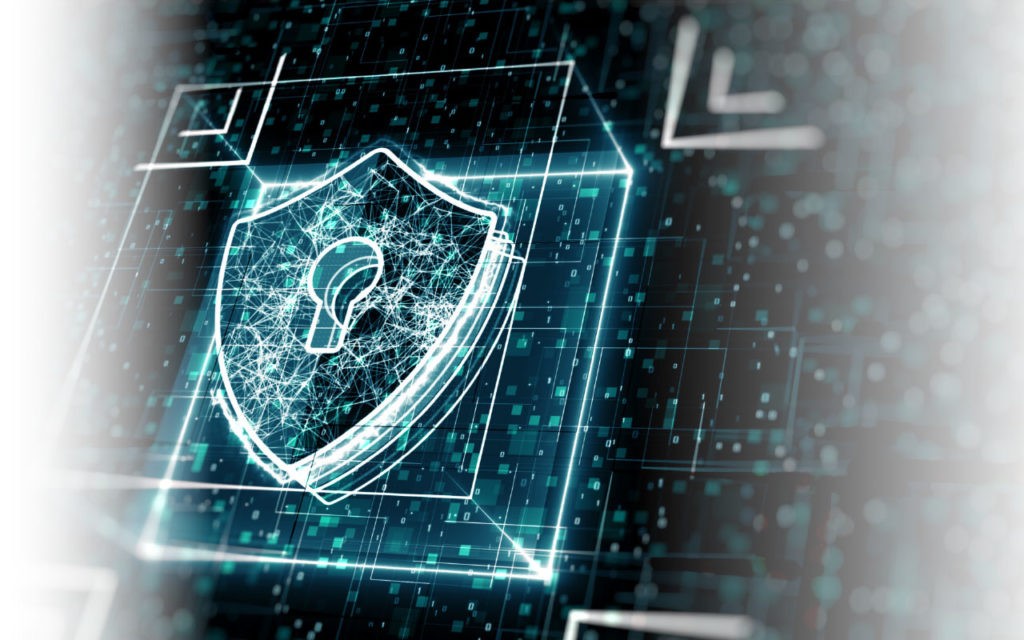How Your Device Type Affects Security Risk
The article explains how different device types—such as smartphones, laptops, desktops, and IoT gadgets—pose unique cybersecurity risks. Mobile...
You must be logged in to the LATechNet portal to view additional resources.

Even after all these years of using email, scams still find their way into our inboxes. They’ve become a crafty kind of cybercrime—always evolving, always looking for new ways to trick us. From fake shipping notices to too-good-to-be-true prize alerts, these scams have grown more convincing than ever. In fact, phishing emails now target not just individuals but entire organizations, often using familiar logos and tone to build false trust.
According to the Proofpoint 2023 State of the Phish Report, phishing remains one of the top threats worldwide. And earlier, Google and Stanford’s 2019 research showed just how effective these scams can be at fooling even cautious users. The takeaway? Email scams aren’t going anywhere—they’re just getting smarter.
Scammers are masters at playing on our emotions. They know that if they can make us feel something—fear, curiosity, or urgency—they can make us act before we think. A message saying “Your account will be suspended!” or “You’ve won a prize!” sparks a reaction that bypasses logic. According to Google & Stanford Research (2019), people are 45% more likely to fall for phishing scams when the message seems to come from a trusted brand. That’s the power of trust and authority at work—a key tactic in social engineering. Scammers imitate official voices to gain credibility, counting on us to trust the logo or name we see. Once they have our attention, emotions do the rest, nudging us toward that one hasty click.
Even with all the tech tools we have today, phishing still tops the list of ways hackers sneak into systems. According to CISA, phishing remains the most common way data breaches happen because it targets people, not just machines. That’s why building awareness is just as important as building firewalls. Many schools and companies now run employee training programs and even send out simulated phishing emails to help staff spot red flags before the real ones arrive. On top of training, a strong defense needs layers—like spam filters to catch suspicious emails, DMARC to verify senders, and threat intelligence tools that help IT teams stay ahead of new scams. Together, these layers create a safety net that keeps everyone a little more secure.
When you look back at the five signs of scam emails, they start to paint a clear picture. Scam messages often include strange sender addresses, urgent or emotional language, suspicious links or attachments, too-good-to-be-true offers, and requests for personal information. Once you know these red flags, they’re easier to spot in your inbox. Staying aware is your first line of defense. Always take a moment to verify before clicking or replying — a quick check can save a lot of trouble later. And don’t forget to let technology help you out: spam filters, antivirus tools, and email verification features are there for a reason. With a mix of awareness, smart habits, and digital protections, you can keep your inbox — and your information — safe from scammers.
Keeping schools safe from email scams takes more than just good instincts—it takes the right partner. LATechNet steps in with comprehensive email security solutions that catch spam and phishing messages before they ever reach an inbox. Their filters work quietly in the background, spotting suspicious senders and tricky links that could fool even a careful eye.
Beyond technology, LATechNet helps people become the strongest defense. Their cybersecurity awareness training uses real-world examples from the FTC and Norton to show staff and students what a phishing attempt really looks like. With managed IT services, LATechNet keeps networks monitored day and night, ready to respond to any threat. And if something does slip through, their incident response and recovery team moves fast to isolate the issue and restore systems. Through strategic IT consulting, they help schools build long-term cybersecurity plans that follow trusted best practices. With LATechNet on their side, educators can focus on teaching, knowing their digital world is protected.

The article explains how different device types—such as smartphones, laptops, desktops, and IoT gadgets—pose unique cybersecurity risks. Mobile...

Ransomware attacks are increasingly targeting K-12 schools, disrupting learning and compromising sensitive data. These attacks often begin through...

A Birdseye View Over the past decade, classrooms have changed a lot. From online learning platforms to digital grade books and cloud-based storage,...